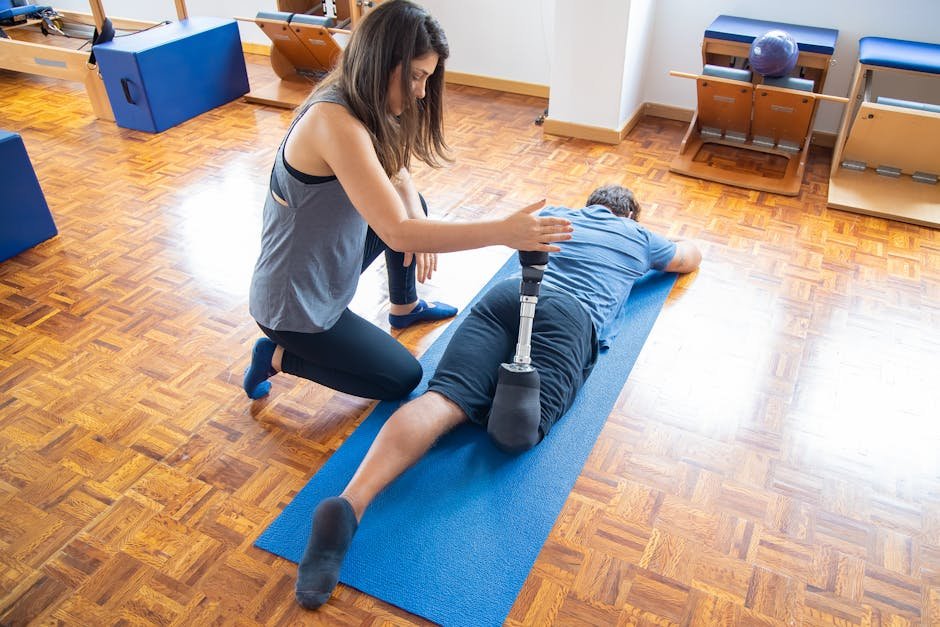Beyond Pain Relief: The Role of Nutrition and Mindset in Home Physical Therapy
In the realm of home physical therapy, where healing is paramount, the interplay between nutrition and mindset serves as a powerful linchpin. Let's delve into how these often overlooked elements can bolster the efficacy of rehabilitation and elevate the path to recovery.
Nutrition as a Cornerstone for Healing
Nutrition in home physical therapy is more than just fuel; it's a fundamental building block for recovery. Consuming a well-balanced diet rich in essential nutrients like proteins, vitamins, and minerals plays a crucial role in supporting the body's healing processes. Proper nutrition not only aids in tissue repair but also boosts immunity, ensuring a robust defense system during rehabilitation.
Moreover, hydration is key in maintaining optimal bodily functions, especially when engaging in home physical therapy. Adequate water intake helps in lubricating joints, regulating body temperature, and flushing out toxins, promoting overall wellness and aiding in the recovery journey.
Incorporating anti-inflammatory foods such as leafy greens, berries, and fatty fish into one's diet can help alleviate pain and swelling commonly experienced during physical therapy sessions at home. These foods possess properties that combat inflammation, assisting in reducing discomfort and promoting faster recovery.
Additionally, paying attention to meal timing and composition can optimize energy levels and enhance workout performance, contributing to more effective home physical therapy sessions. By fueling the body with wholesome foods tailored to individual needs, one can expedite healing and progress towards wellness.
Harnessing the Power of Positive Mindset for Recovery
The mind is a potent tool in the realm of home physical therapy, capable of influencing the body's response to rehabilitation. Cultivating a positive mindset not only fosters resilience but also empowers individuals to overcome challenges and setbacks along the healing journey.
Practicing mindfulness and visualization techniques can help individuals stay focused and motivated during home physical therapy sessions. By envisioning progress, setting realistic goals, and maintaining a hopeful outlook, one can drive perseverance and enhance the efficacy of rehabilitation efforts.
Engaging in relaxation practices such as deep breathing exercises, meditation, or yoga can reduce stress and anxiety, creating a conducive environment for healing and recovery. By nurturing a calm and centered state of mind, individuals can amplify the benefits of home physical therapy and promote holistic well-being.
Integrating Wellness Practices into Your Home Physical Therapy Routine
Beyond conventional physical exercises, incorporating wellness practices can enrich the home physical therapy experience and elevate its outcomes. Activities like aromatherapy, massage, or hydrotherapy can complement traditional rehabilitation methods, promoting relaxation, pain relief, and overall rejuvenation.
Creating a soothing environment within your home therapy space, with calming music, pleasant scents, and comfortable surroundings, can enhance the efficacy of treatments and contribute to a sense of well-being. A serene ambiance fosters healing and relaxation, facilitating a more rewarding rehabilitation journey.
Seeking support from family members, friends, or online communities can provide encouragement, accountability, and a sense of community during home physical therapy. Sharing experiences, progress, and challenges can inspire individuals, instill confidence, and foster a supportive network for those on the path to recovery.
Embracing the holistic approach of incorporating nutrition and fostering a positive mindset into home physical therapy can redefine the healing journey, paving the way for long-lasting well-being.

